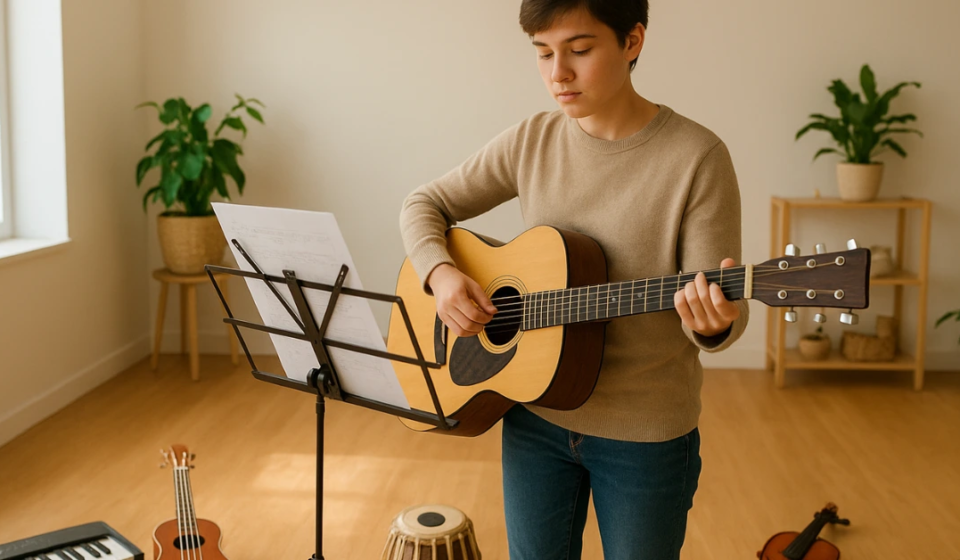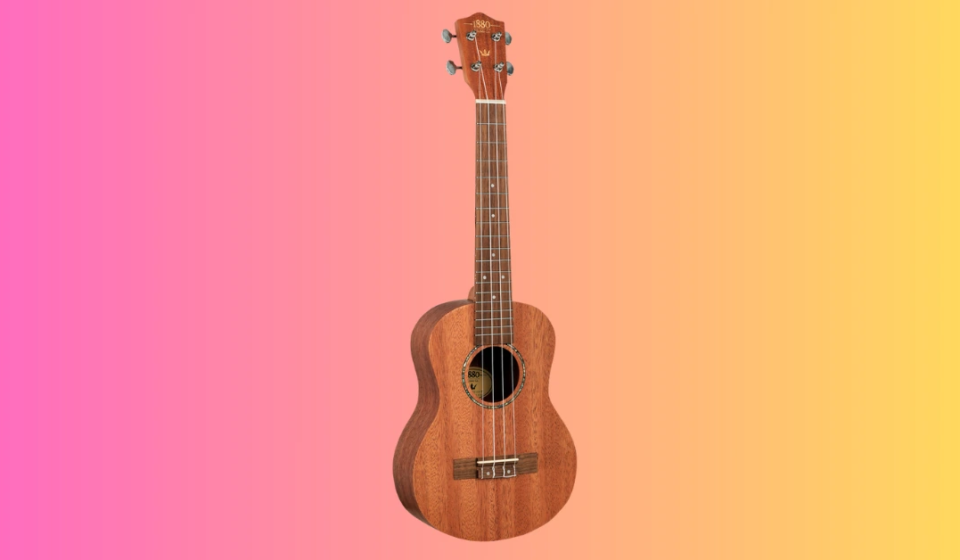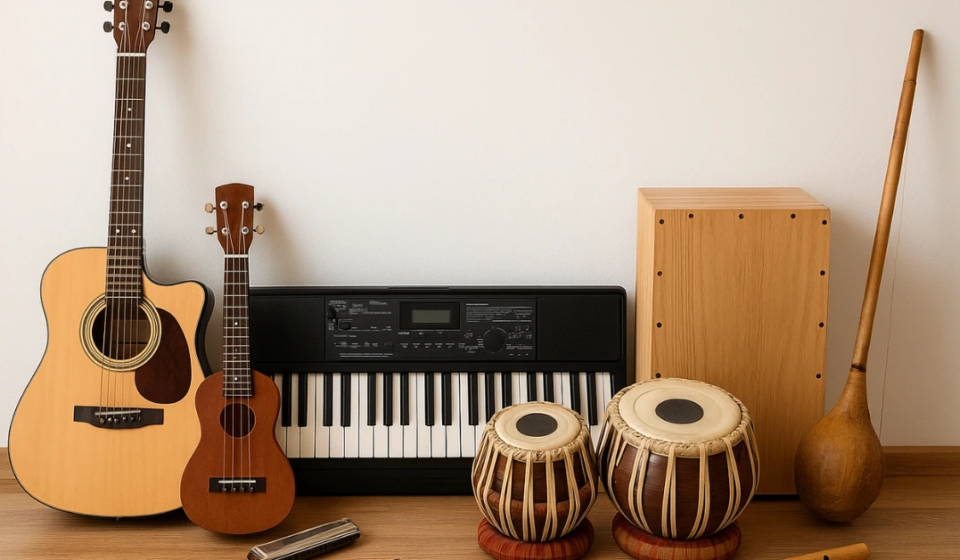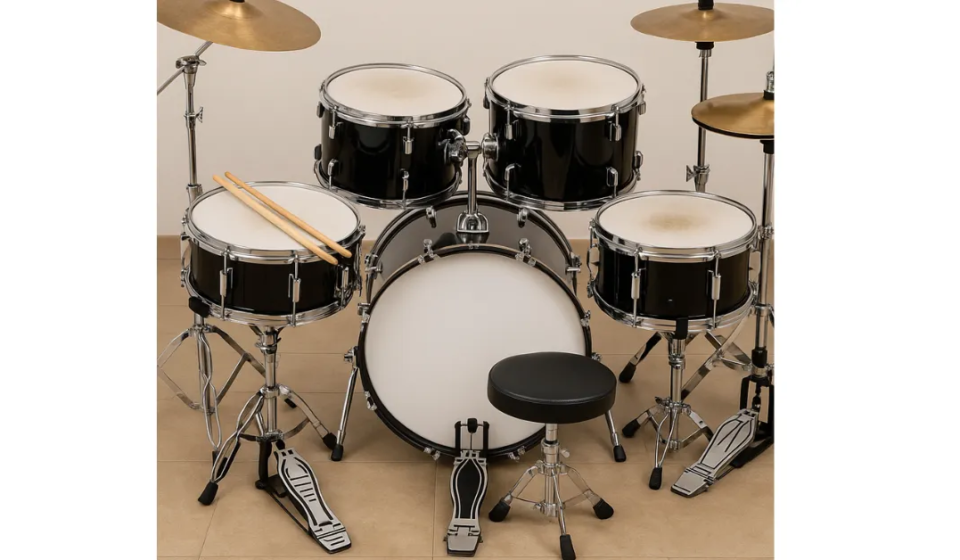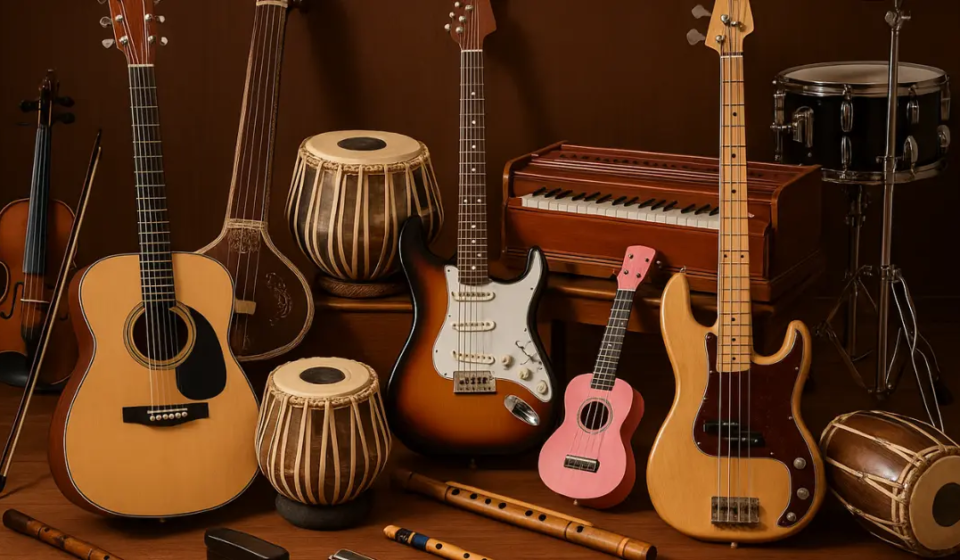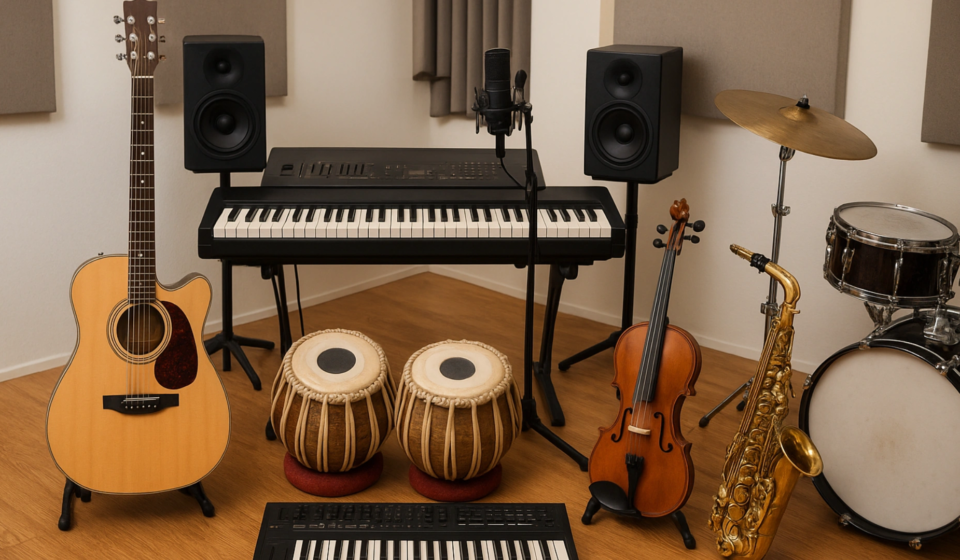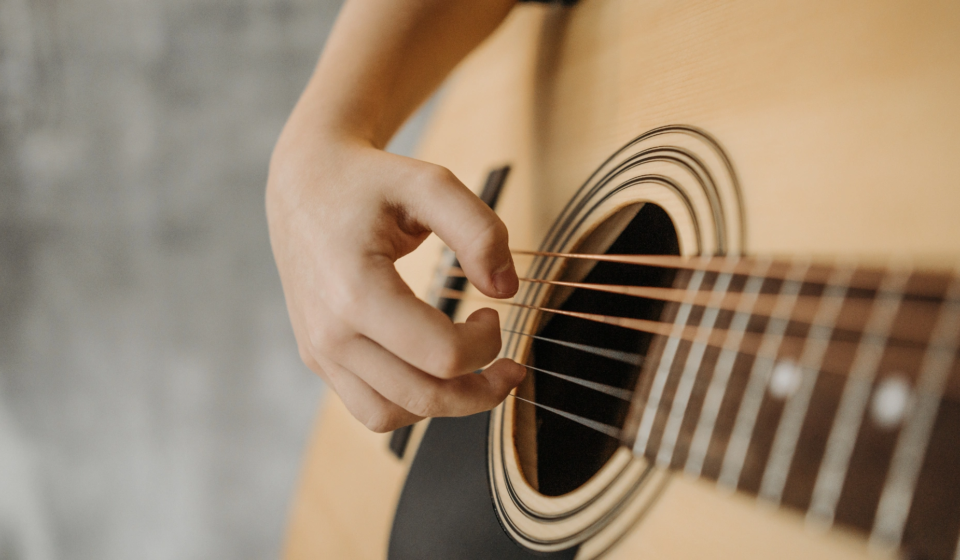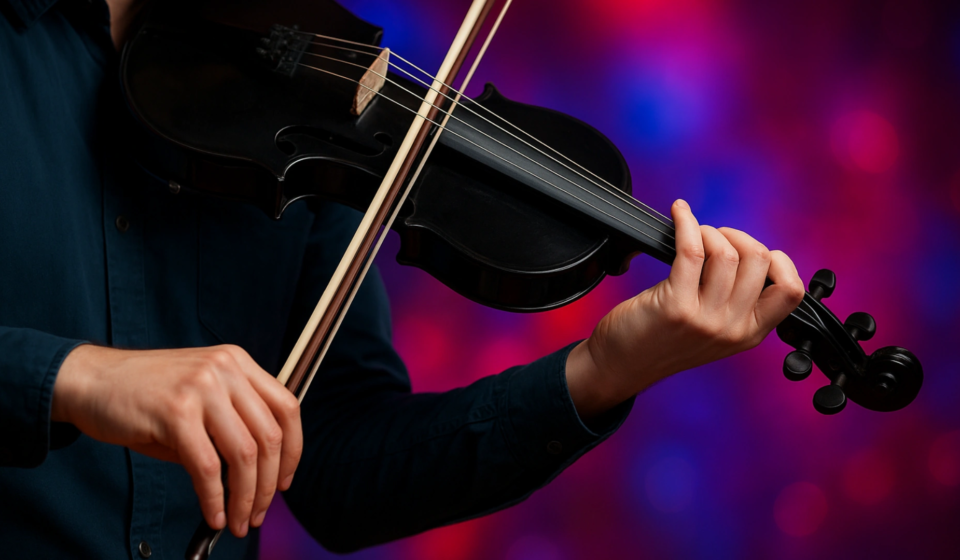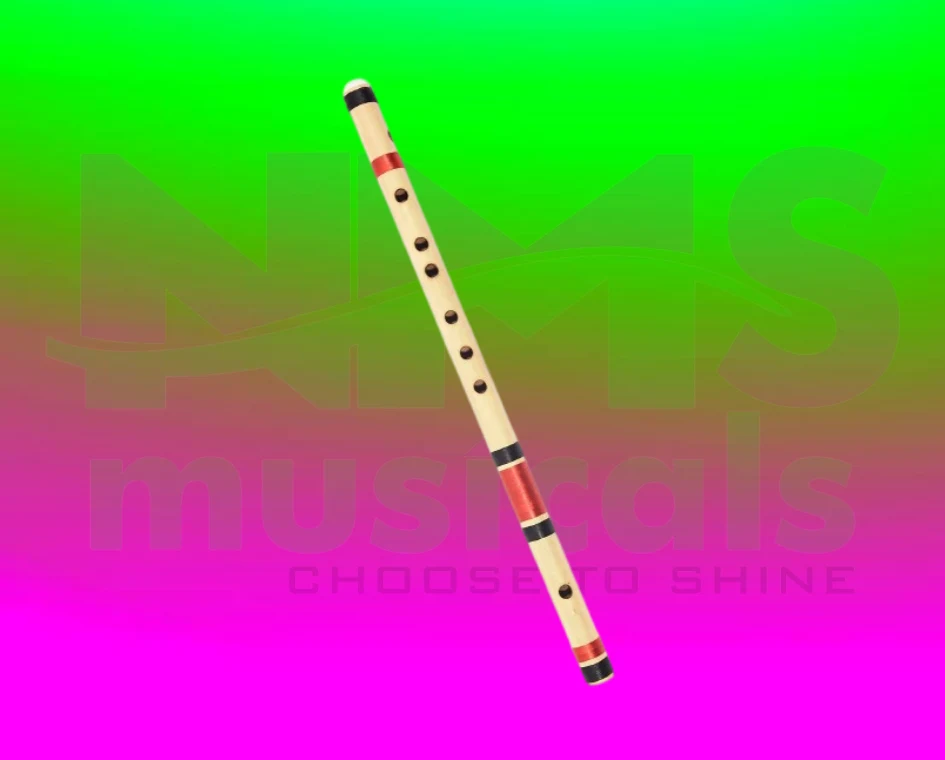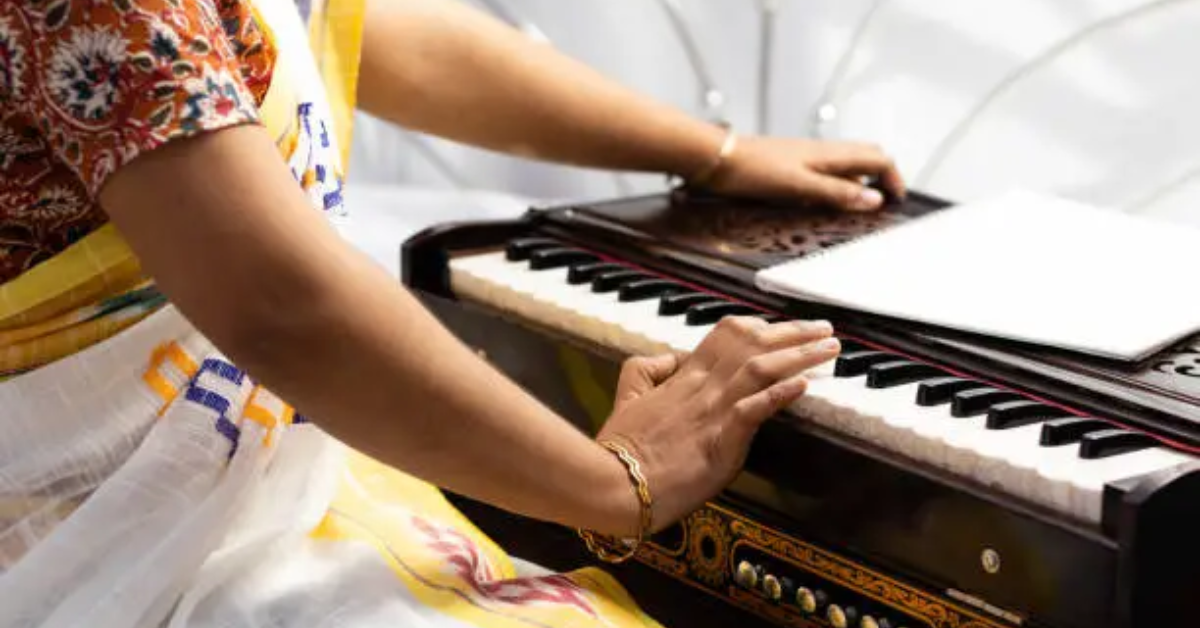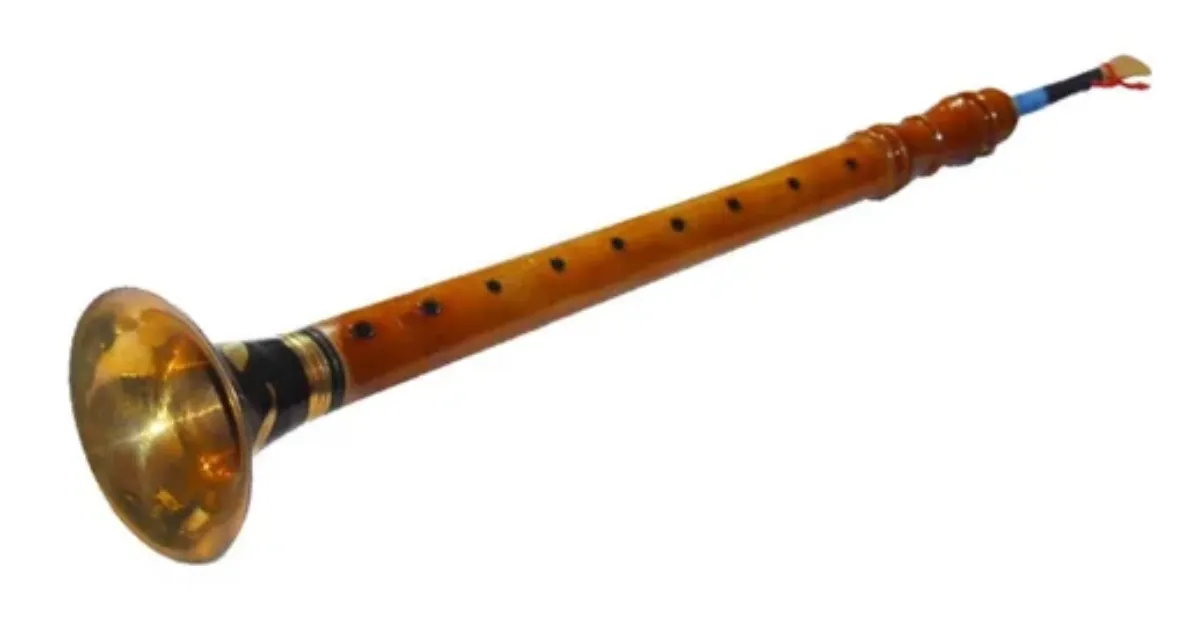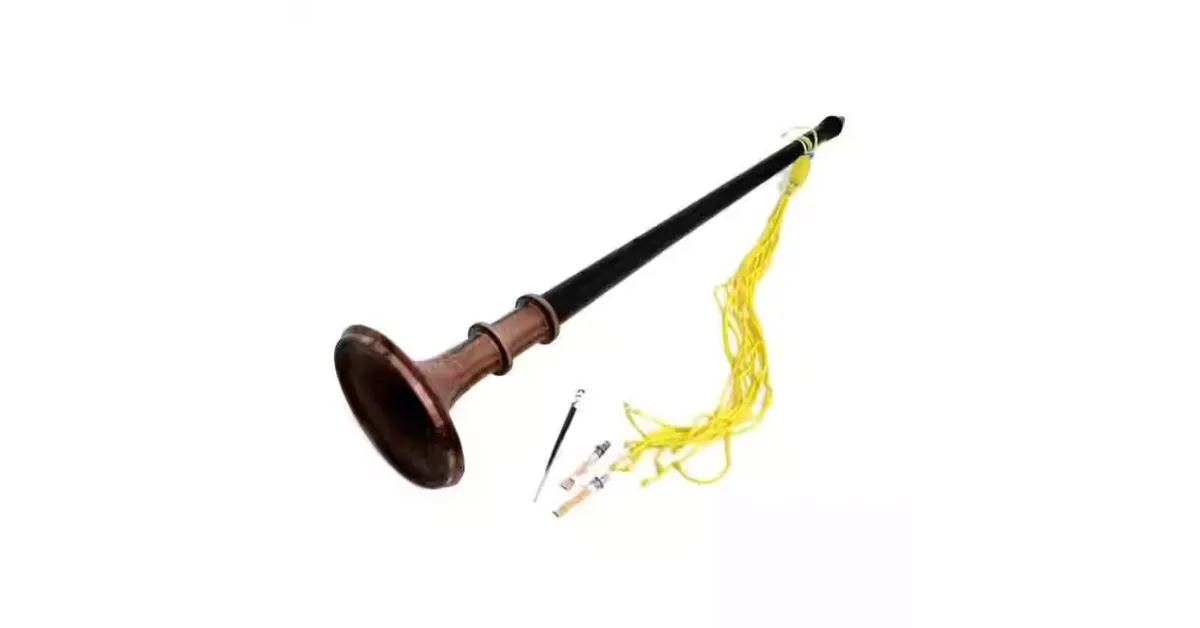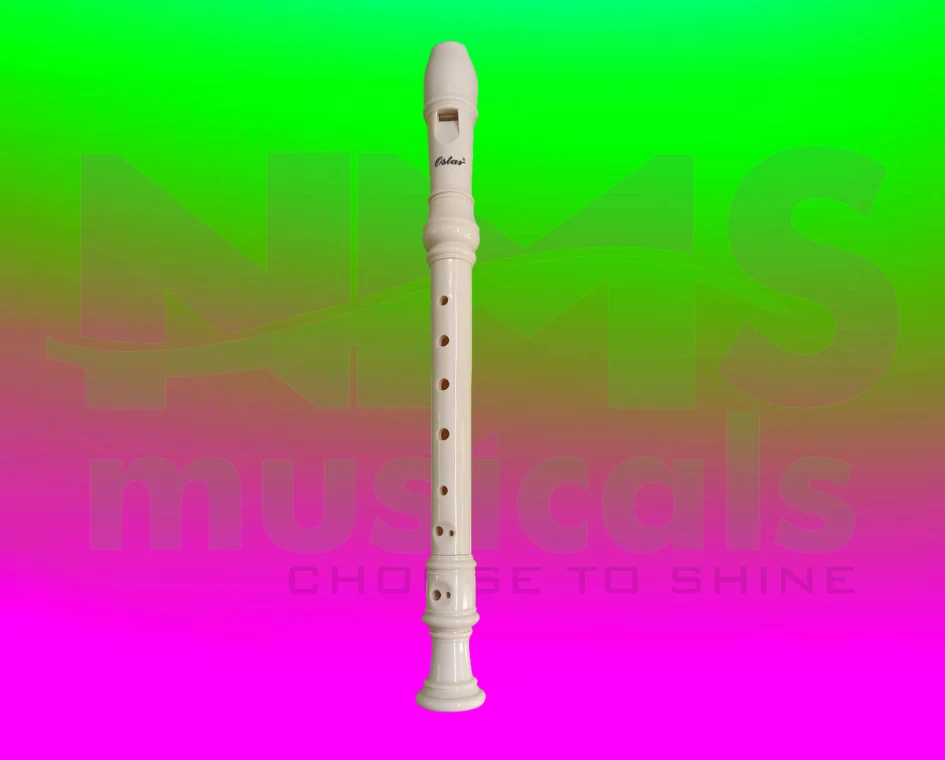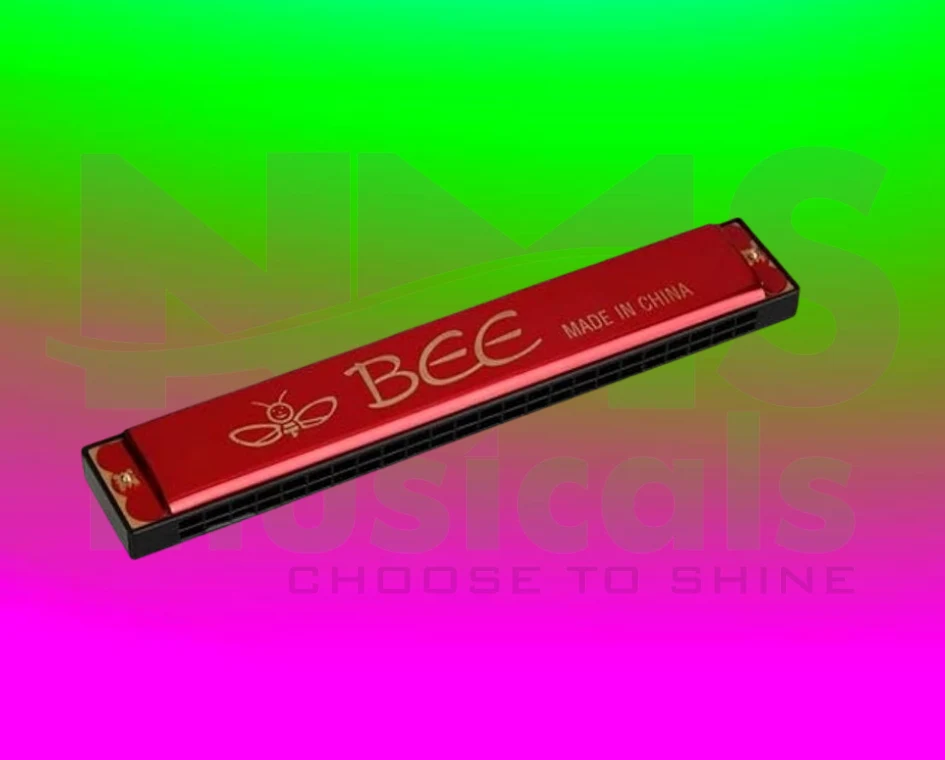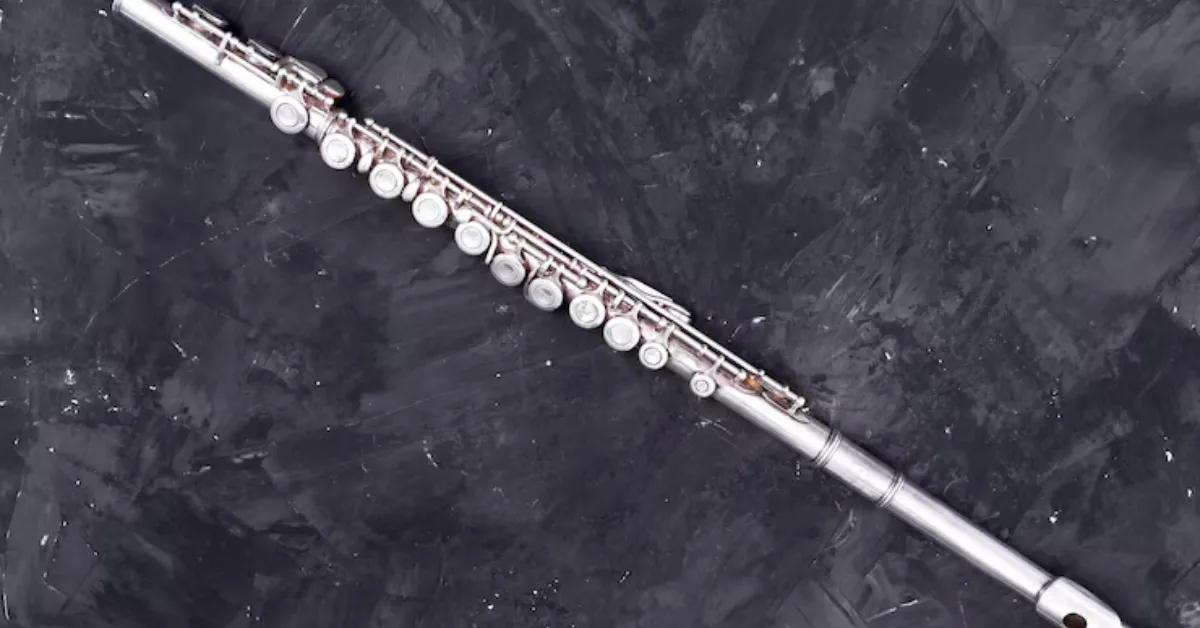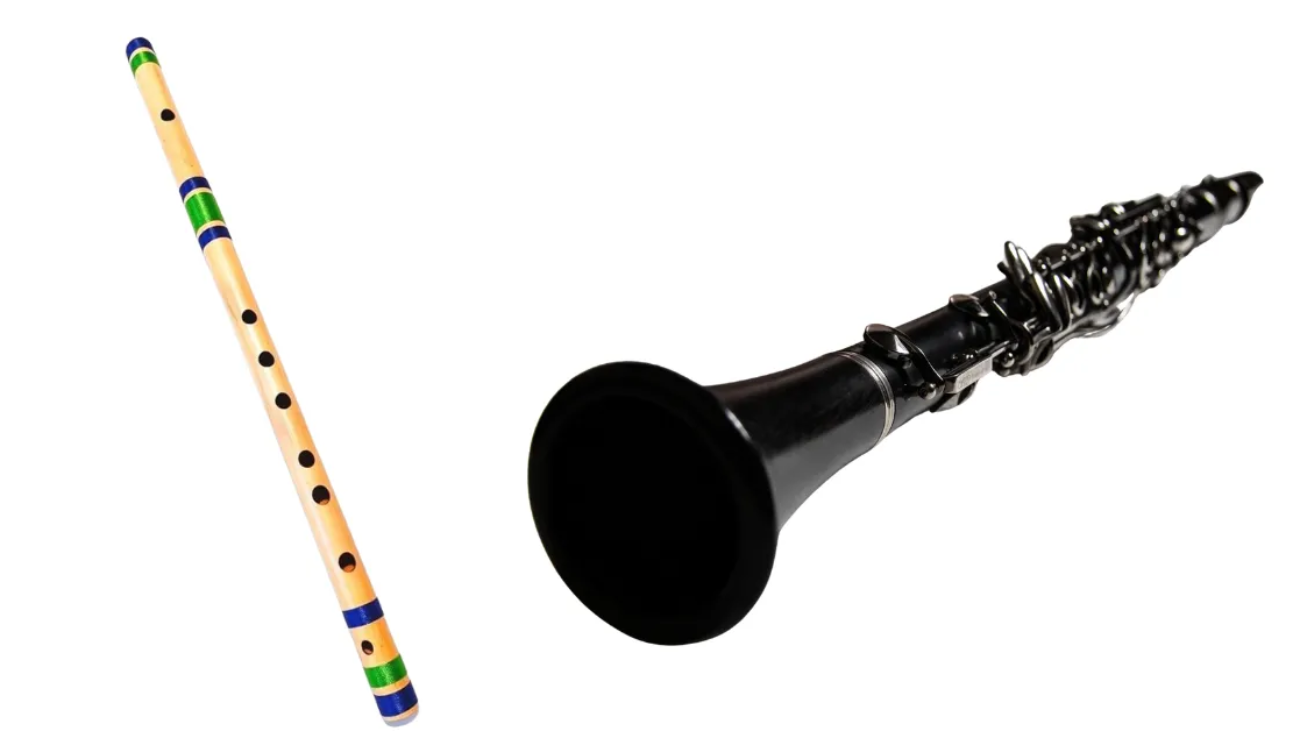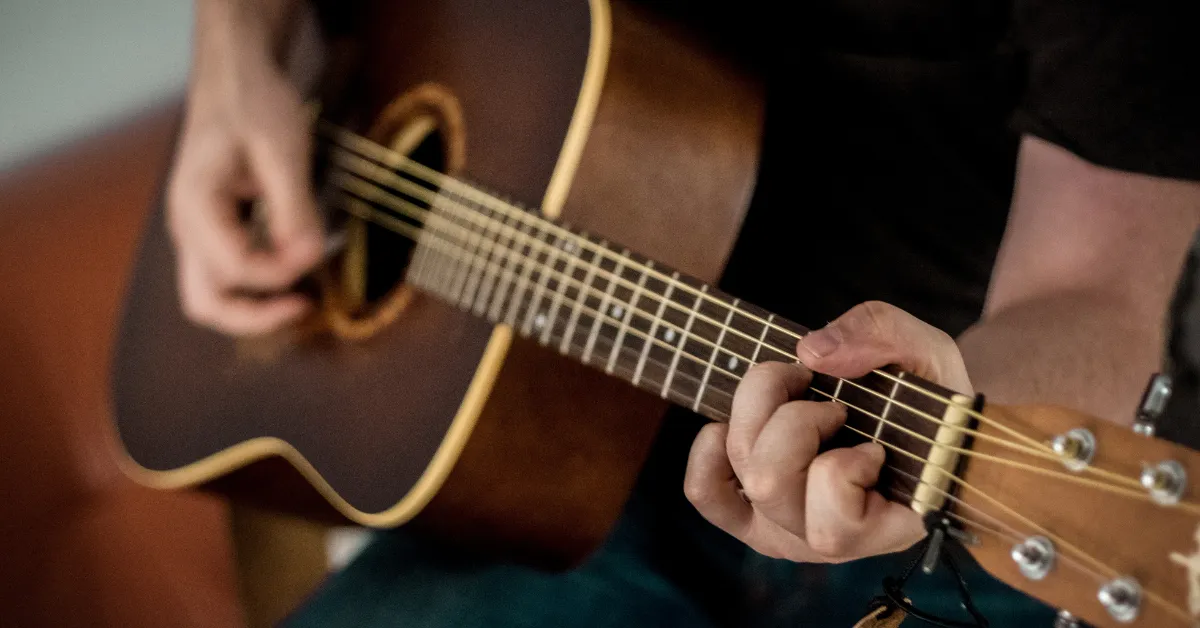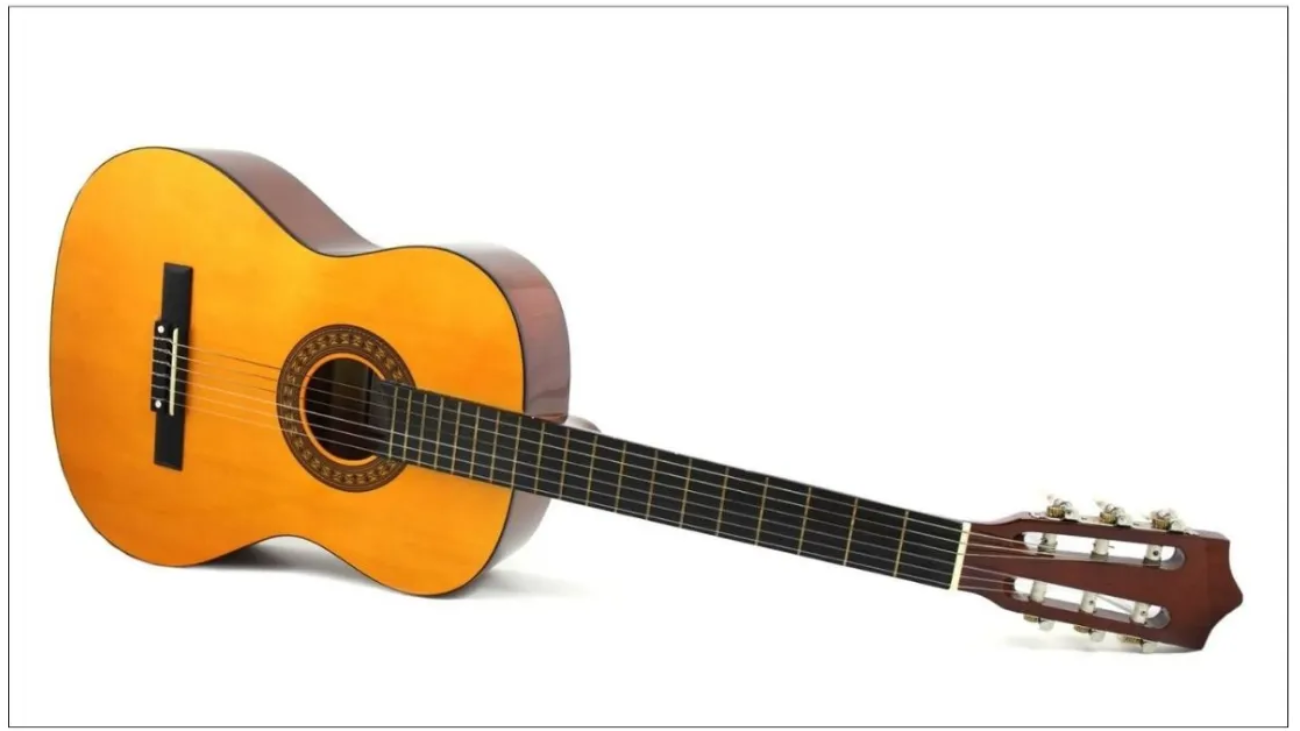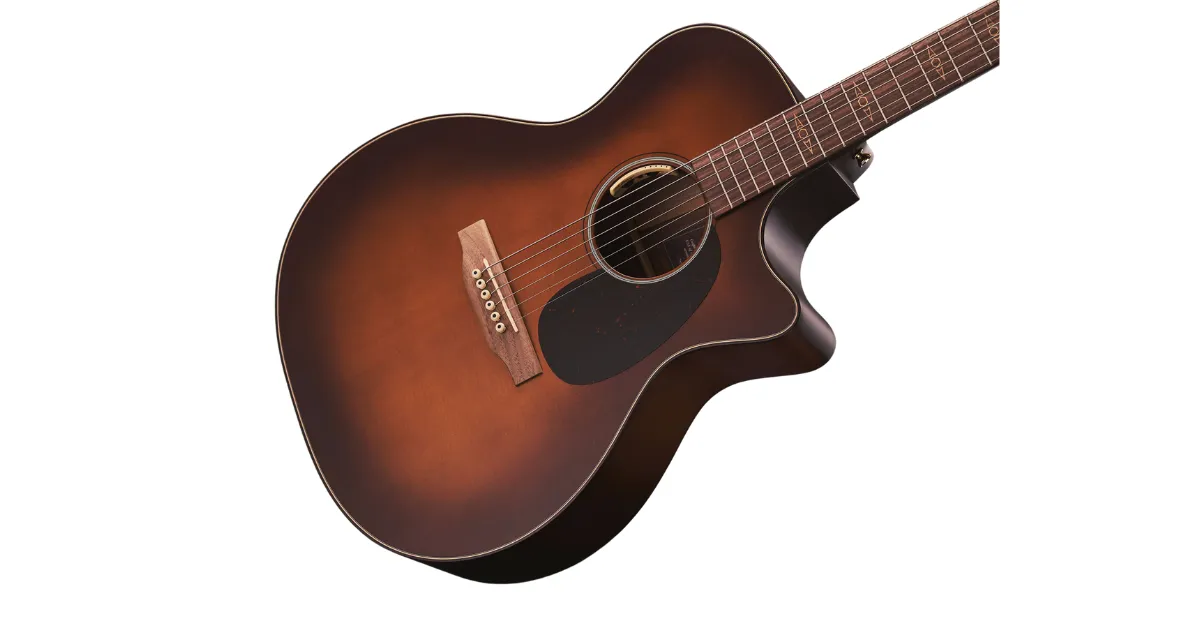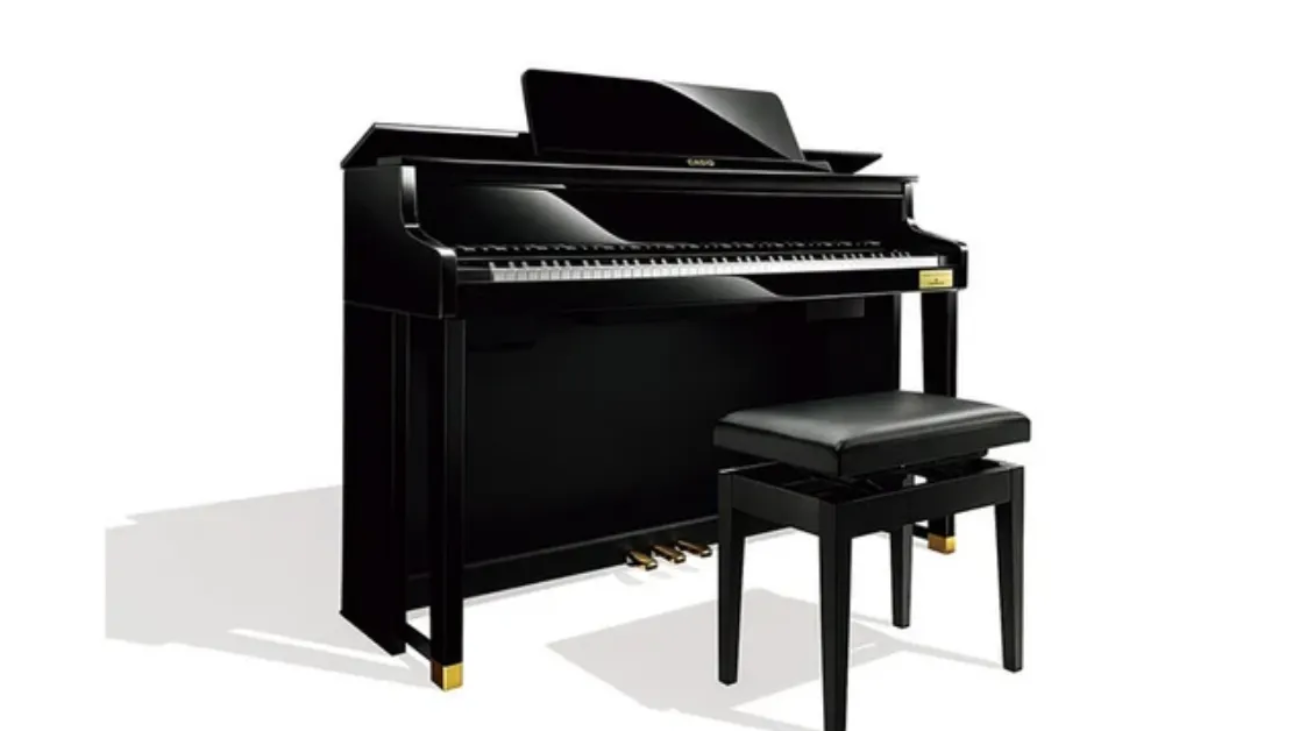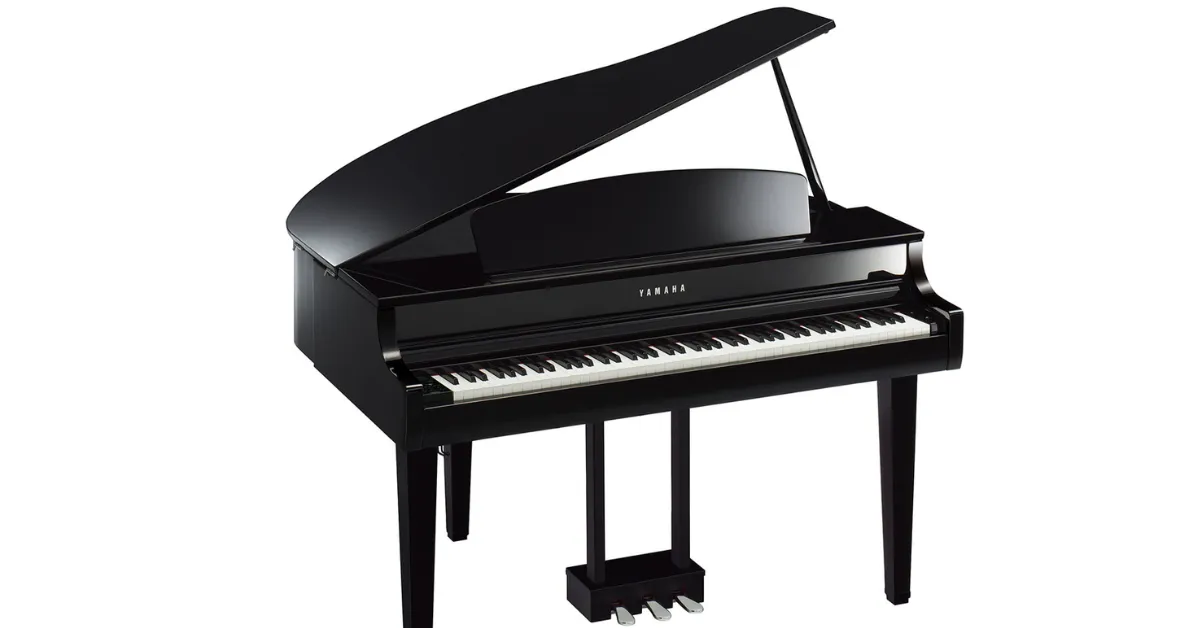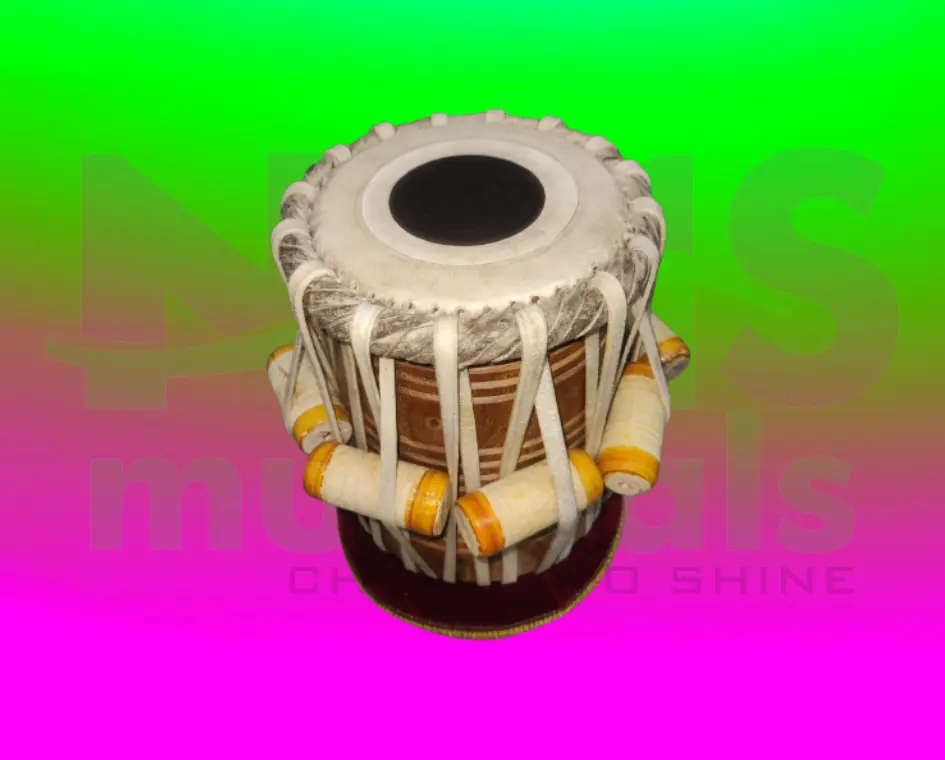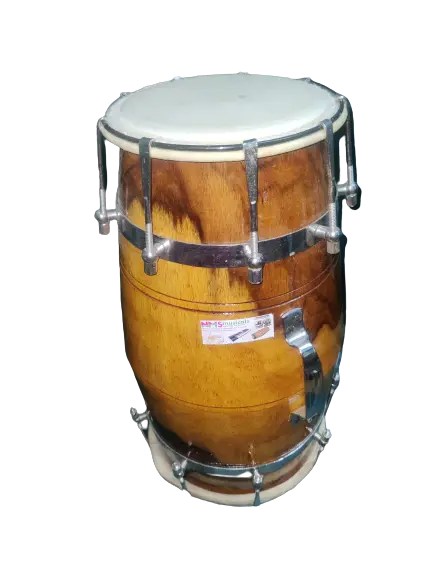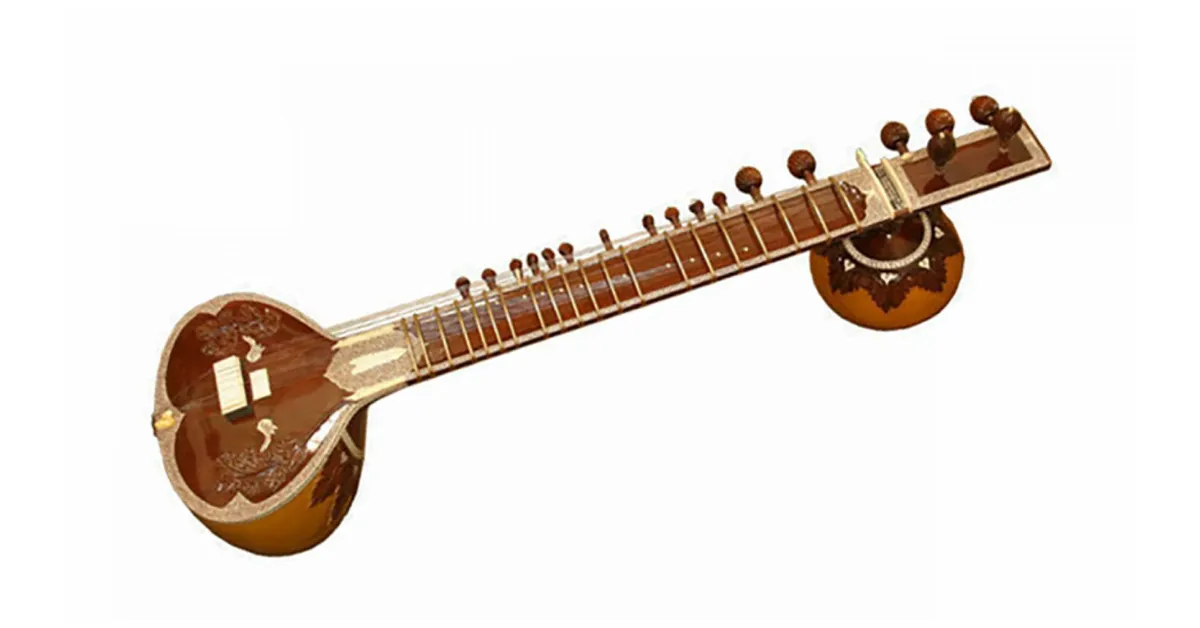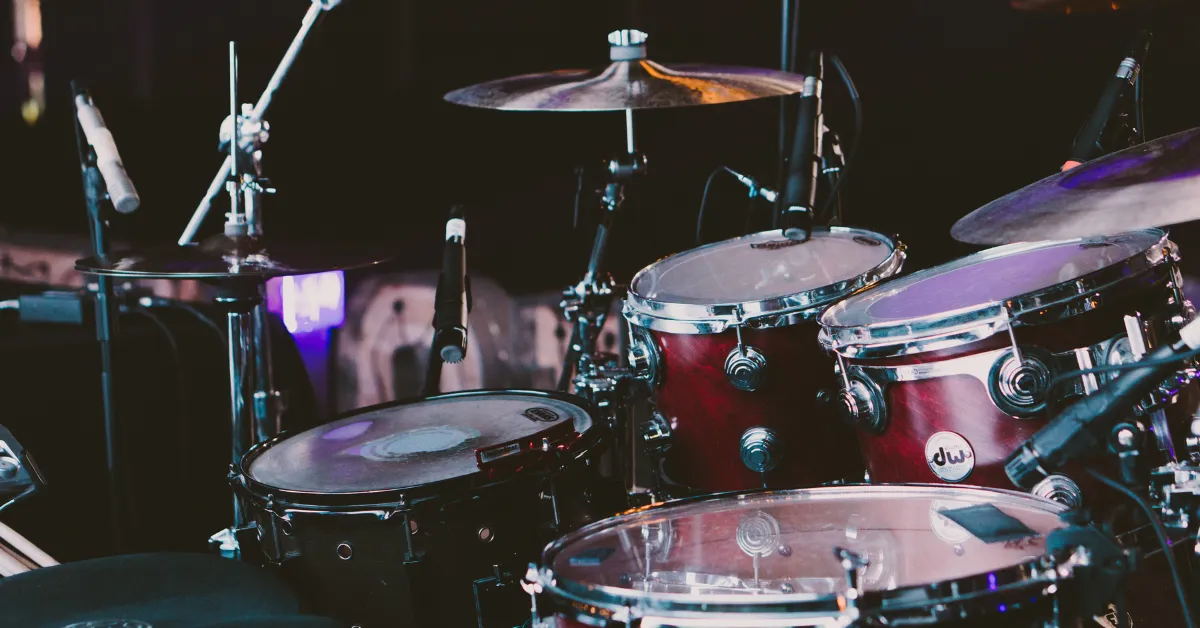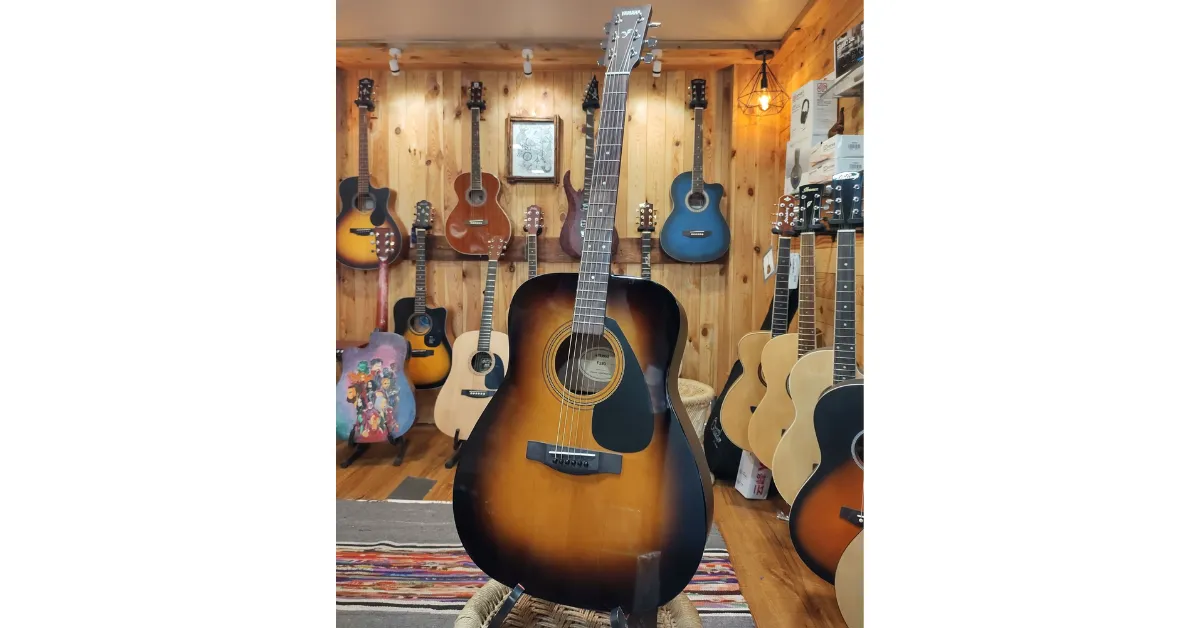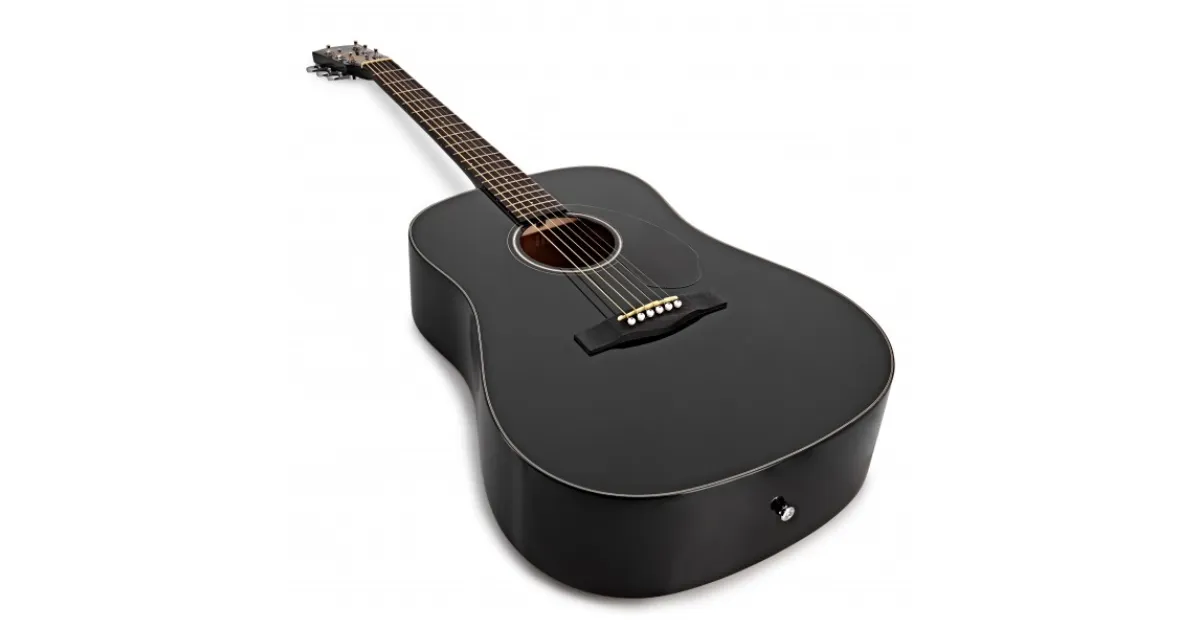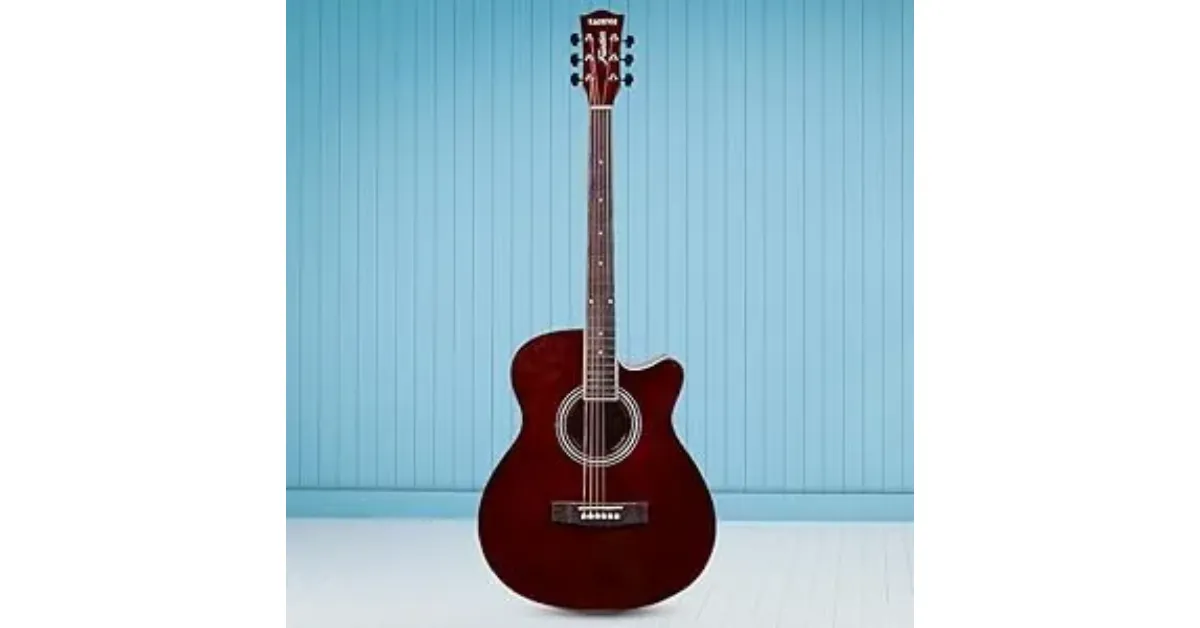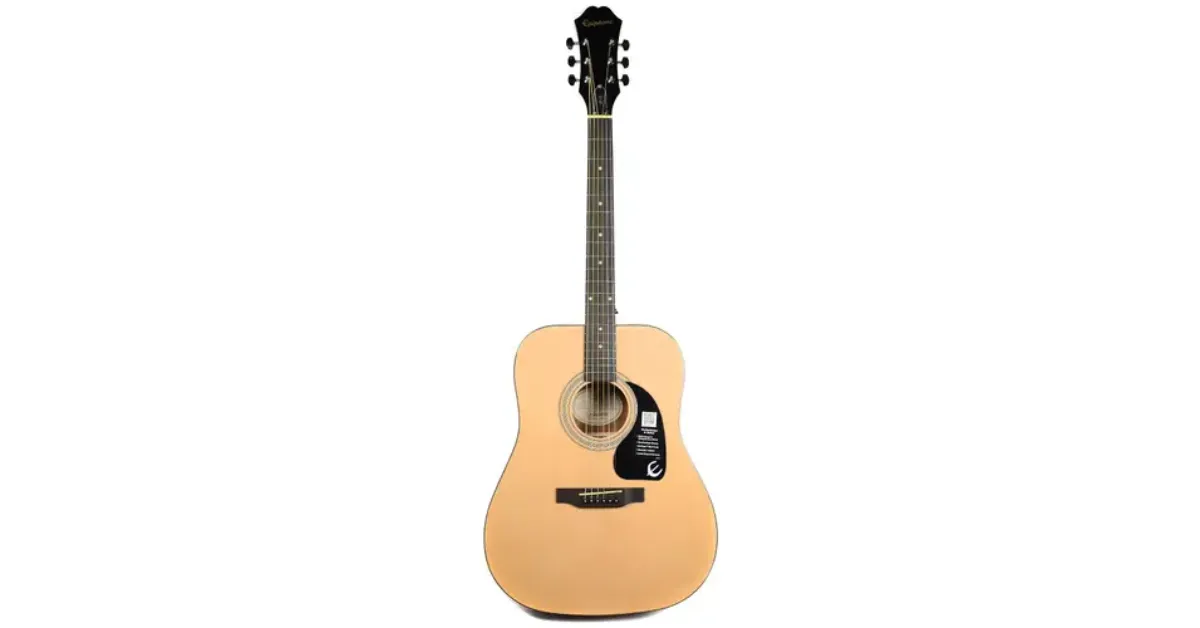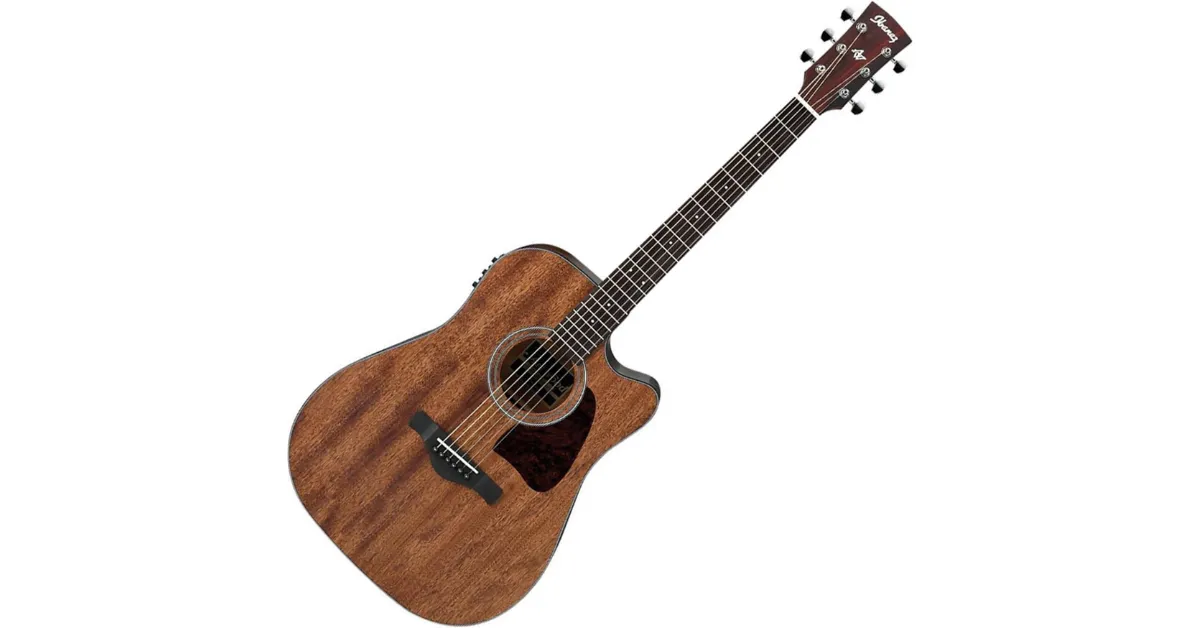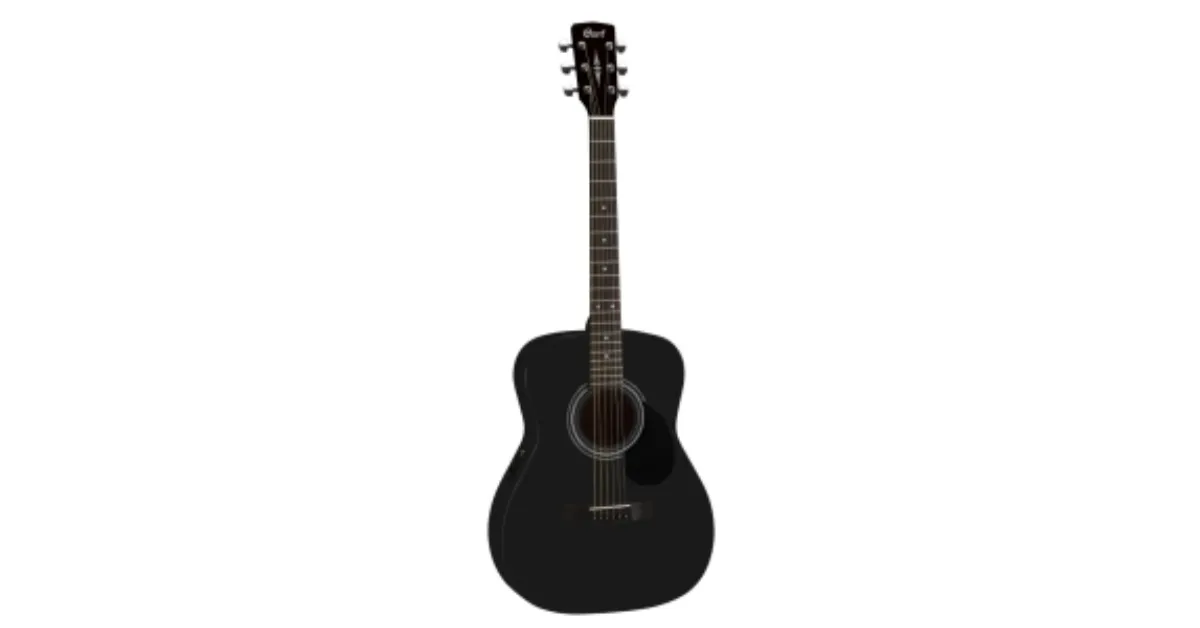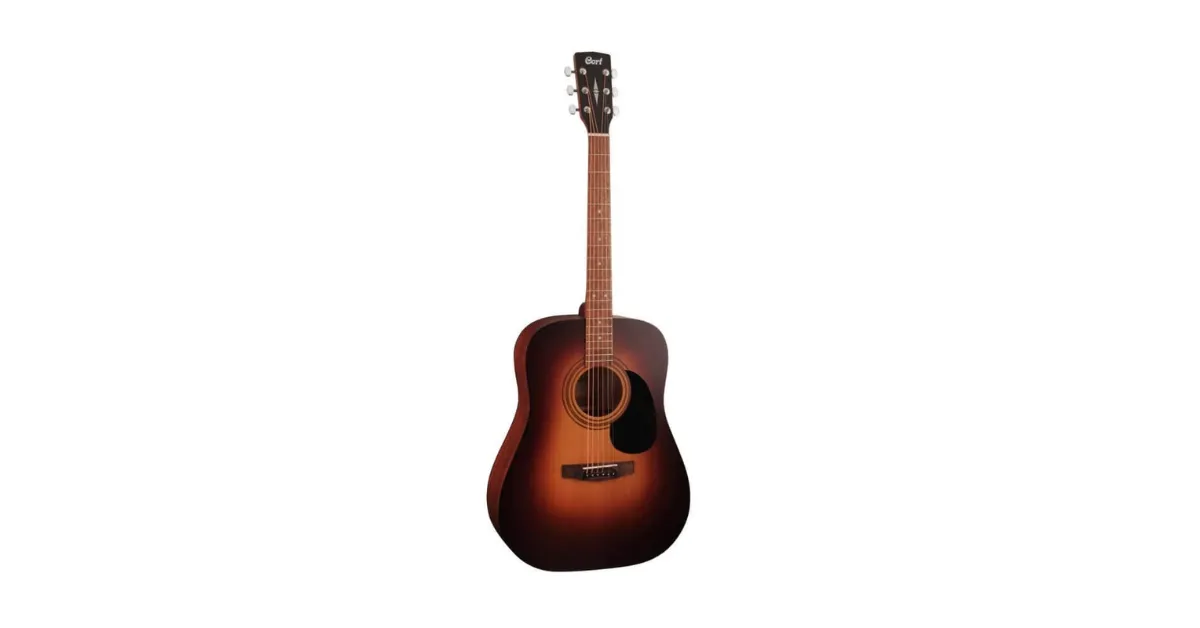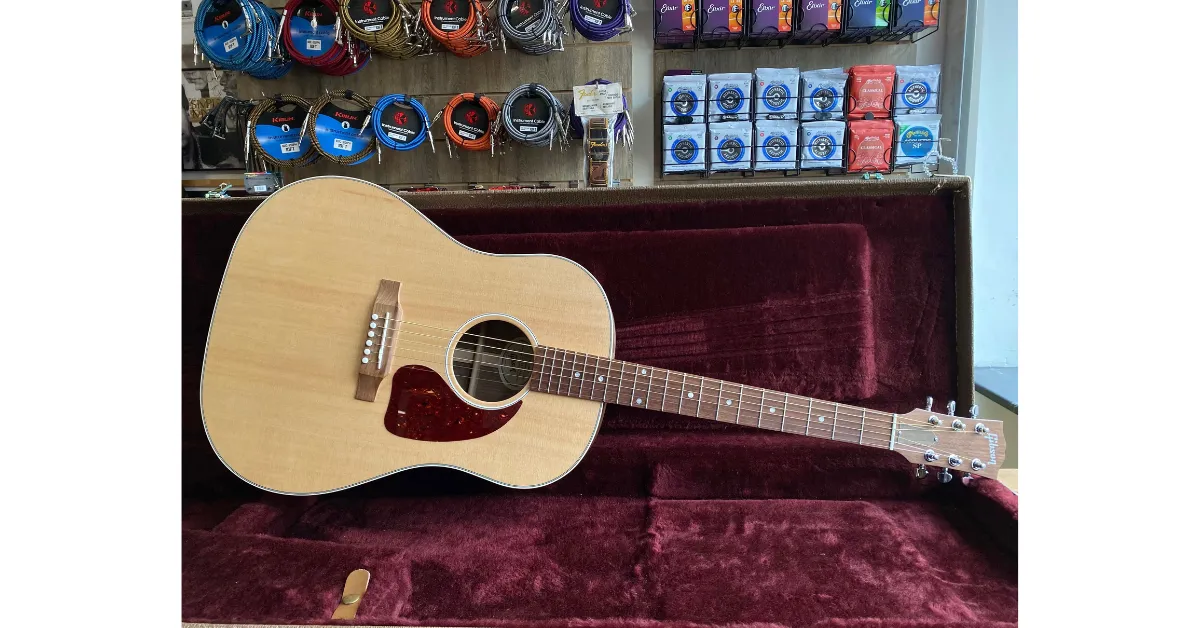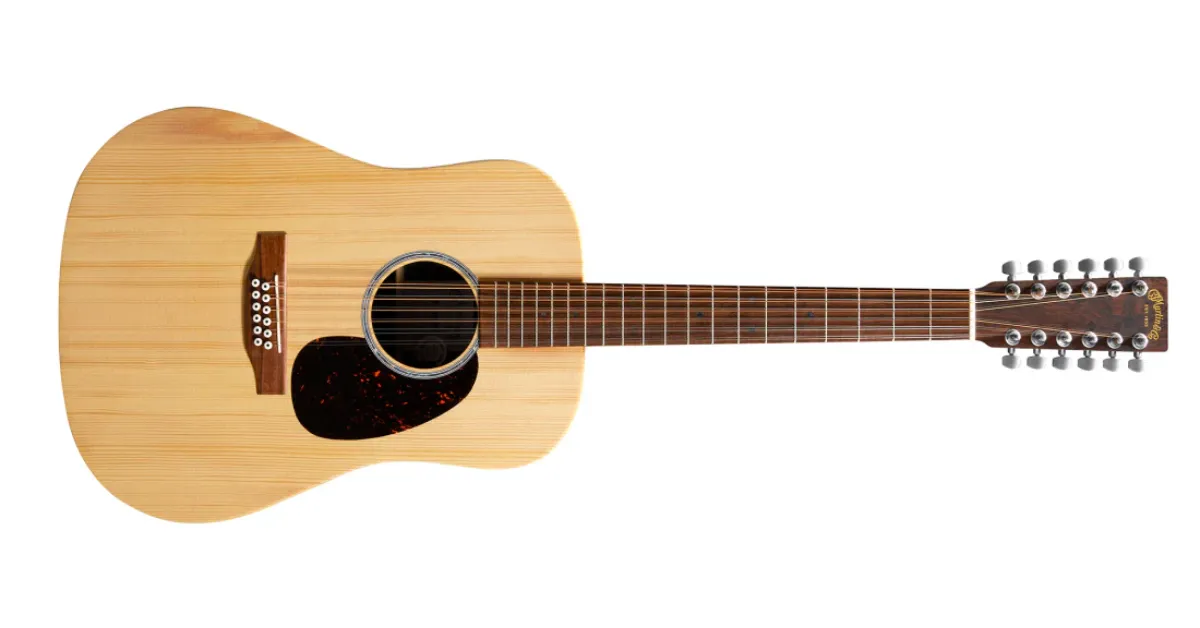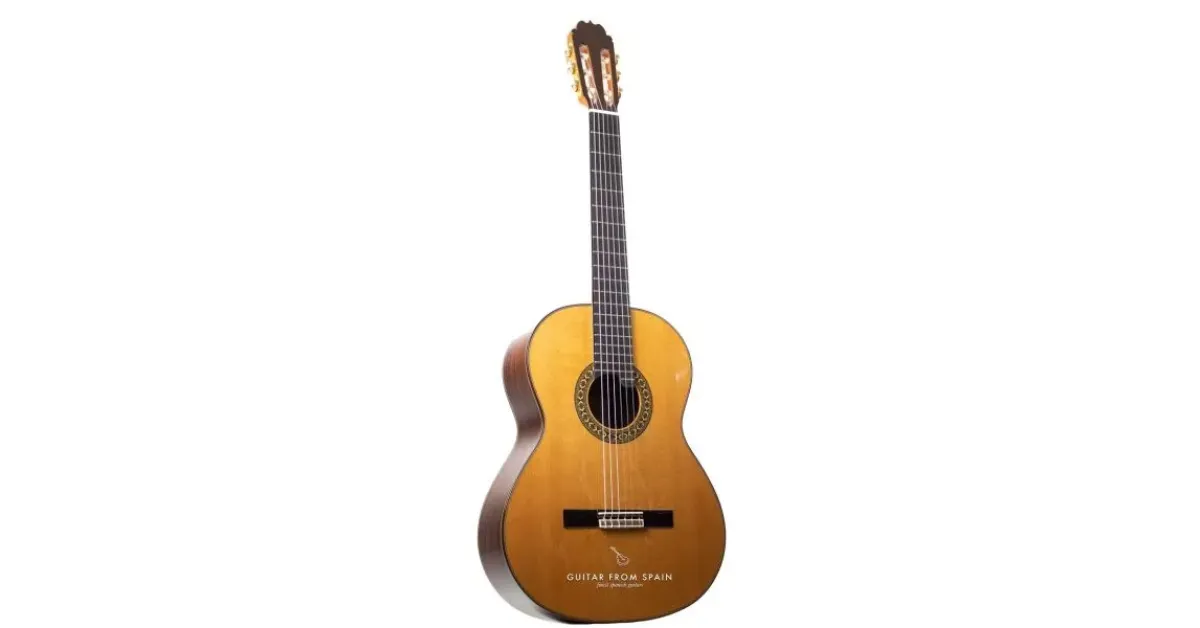Delightful Picks: Best Instrument Gift Ideas for Music Lovers
Gifting is a love language, especially when it comes to music lovers. Whether you’re surprising a young learner, a seasoned artist, or someone just discovering the joy of melodies, the right instrument can turn your present into a lifelong memory. In India, where music is woven deeply into culture and tradition, choosing a musical instrument as a gift is both meaningful and impactful. From classical Indian instruments to beginner-friendly models, this guide will help you pick the best gifts that resonate with passion and purpose.
1. Tabla Sets: A Rhythmic Gift of Tradition
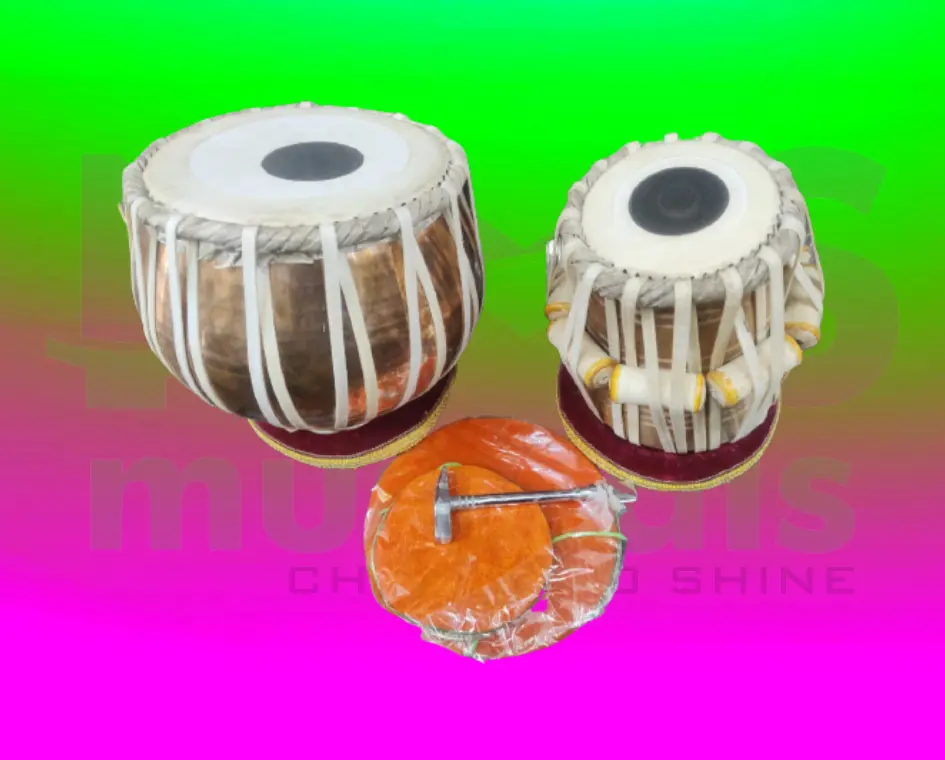
One of the most iconic percussion instruments in Indian classical music, tabla makes a brilliant gift. Whether for kids or adults, a good-quality tabla set encourages rhythm, discipline, and focus. Opt for sets made from sheesham wood with a proper tuning hammer and covers. Ideal for learners and professionals alike.
2. Harmonium: A Soulful Instrument for Vocal Support

Perfect for singers and composers, the harmonium supports vocal training and classical performances. Its melodic charm suits bhajans, ghazals, and classical ragas. Choose a compact folding model for convenience, or a full-sized version for serious learners. It’s a thoughtful and culturally rich gift.
3. Bansuri (Indian Bamboo Flute): Lightweight and Elegant
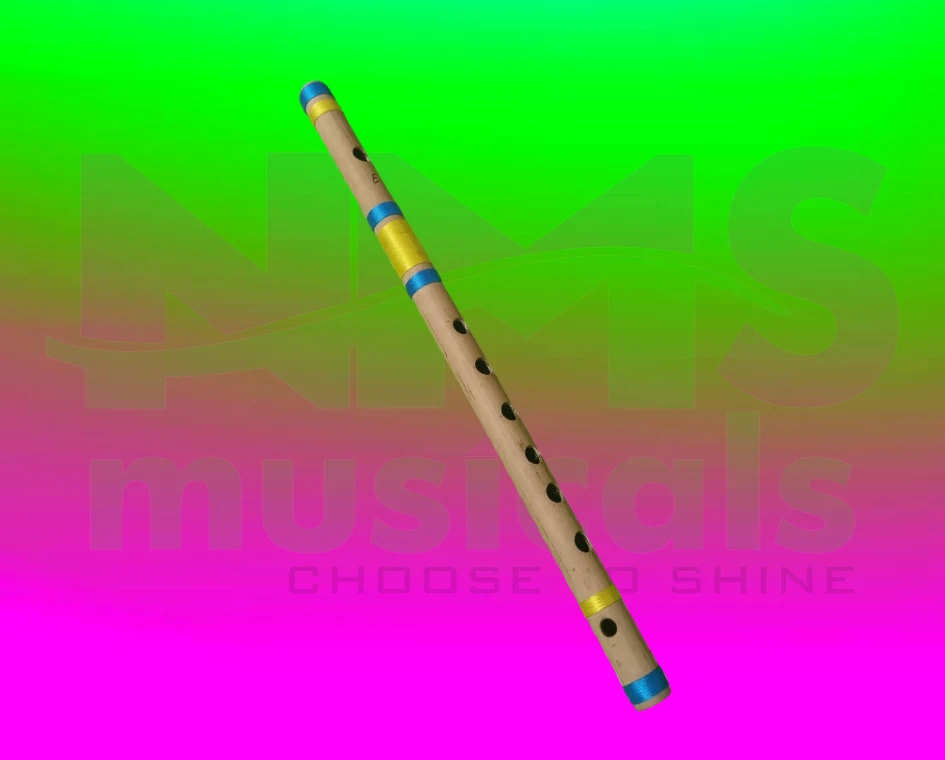
Bansuri is an affordable, elegant gift idea, especially for kids or beginners. Crafted from bamboo, this instrument connects players to Indian folk and classical roots. Different sizes and scales are available, so make sure you pick one suited for beginners if gifting to a first-timer.
4. Mridangam: For the South Indian Music Enthusiast

Rooted in Carnatic music, the mridangam is a traditional double-headed drum that makes an impressive and valuable gift. It helps improve hand coordination, rhythm skills, and a deep understanding of South Indian rhythm structures. A great choice for those learning Bharatanatyam or Carnatic vocal.
5. Electronic Tanpura: A Modern Classic
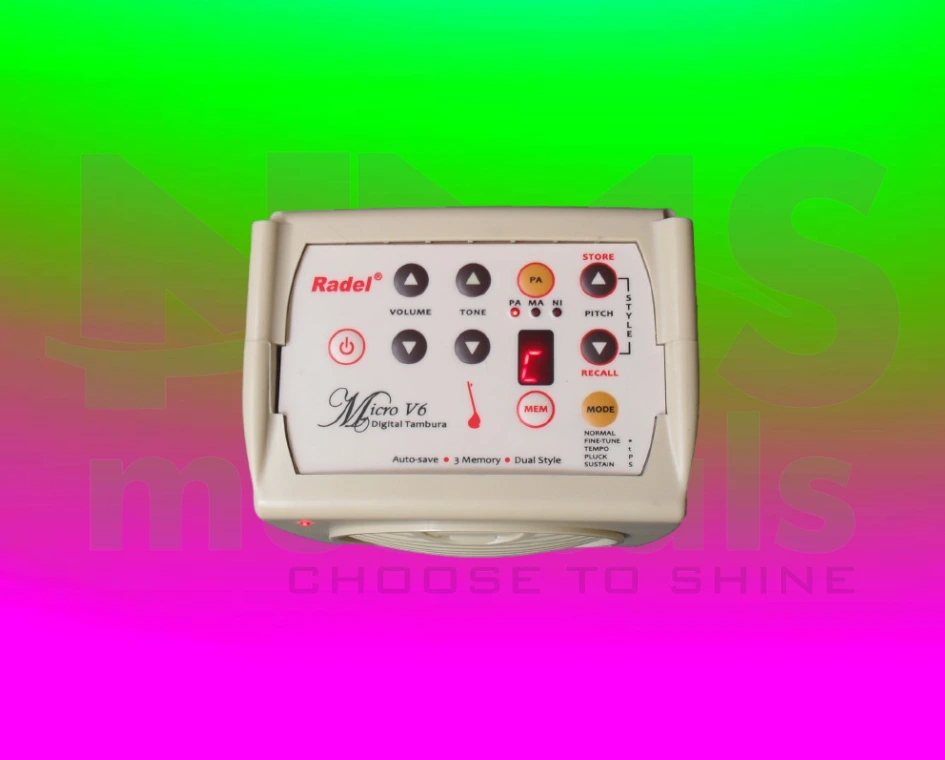
An electronic tanpura is a practical gift for vocalists or instrumentalists who need a consistent drone background during practice. It bridges the gap between tradition and convenience. These devices are compact, easy to tune, and essential for classical music students.
6. Violin (Indian Style): Versatile and Expressive

The Indian violin, used in both Carnatic and Hindustani music, is slightly different in playing posture and tuning than the Western version. It’s a beautiful gift for budding instrumentalists, offering emotional expression and performance versatility.
7. Dholak: A Gift for Folk Music Enthusiasts

Dholak is perfect for folk and devotional music lovers. Its energetic beat suits bhajans, qawwalis, and even festive gatherings. Available in wooden and fiber bodies, this dual-headed drum is excellent for home musicians and cultural enthusiasts alike.
8. Electronic Keyboard: A Gift of Modern Melody
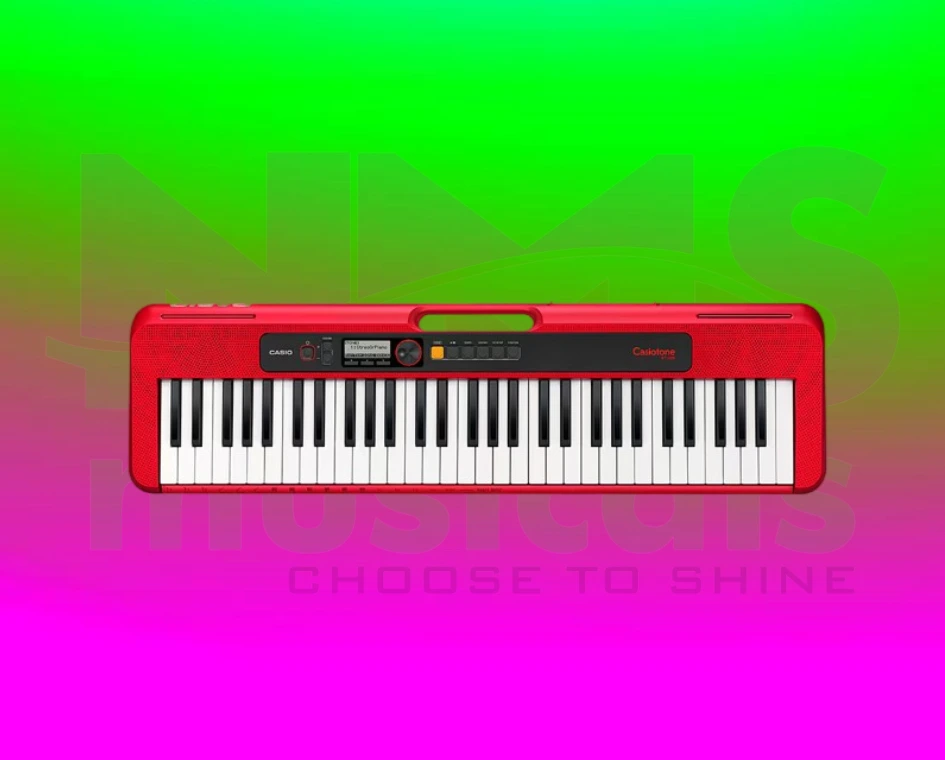
An electronic keyboard offers versatility and ease, making it a popular gift for kids and beginners. Choose models with Indian tones and rhythms for a local musical flavor. Look for built-in lessons and recording options to make learning more interactive.
9. Mini Percussion Instruments for Kids

If you’re gifting to a toddler or preschooler, mini dholaks, manjira, or hand cymbals can introduce them to rhythm and fun. These beginner-friendly, safe instruments encourage musical play and early learning.
10. Carnatic Veena: Grandeur in Strings

A veena, with its majestic shape and tone, is the epitome of South Indian classical sophistication. Though best suited for advanced learners or passionate adults, it makes a spectacular, heirloom-worthy gift.
11. Kalimba (Thumb Piano): Portable and Delightful

This small, modern thumb piano with African roots is gaining popularity in India too. Its soft, melodic tone is stress-relieving and easy to learn, making it an excellent quirky gift for teens or hobbyists.
CONCLUSION
Gifting an Indian musical instrument is more than just a thoughtful gesture—it’s a cultural celebration and a contribution to someone’s artistic journey. From the timeless charm of the tabla to the modern efficiency of an electronic keyboard, every option listed here carries meaning, melody, and magic. The best gifts for music lovers aren’t just objects—they’re opportunities. So, next time you’re looking to impress or inspire a music lover, let an instrument be your voice of love.
At NMS Musicals, we offer a comprehensive range of musical instruments, including percussion, string, wind, and keyboard instruments. Our services encompass sales, expert servicing, and the manufacture of leather instruments. Explore our diverse collection and find the perfect instrument to suit your musical needs.
Visit our website to browse our offerings: nmsmusicals.in
For a closer look at our products, check out our shop page: nmsmusicals.in/shop
Stay connected with us through our social media channels:
- Facebook: https://www.facebook.com/nmsmusicalinstruments/
- Instagram: https://www.instagram.com/nmsmusicals/?hl=en
- YouTube: youtube.com/@nmsmusicals
Our shop locations are:
- Puducherry: 149, Perumal Koil Street, Heritage Town, Puducherry, 605001.
Map Link: https://maps.app.goo.gl/ejDwBBFEJmd3szxk7 - Chennai: No: 1, 1st Floor, Kandigai Street, TVS Nagar, Korattur, Chennai – 600076.
Map Link: https://maps.app.goo.gl/7oXmB6X7KQsqeuuw9
For inquiries, contact/Whatsapp us at 9500663895 or email us at laxman.m89@gmail.com.
Discover the world of musical instruments with NMS Musicals today!
For a visual overview of our percussion instruments, watch the following video:


 Cart is empty
Cart is empty 

